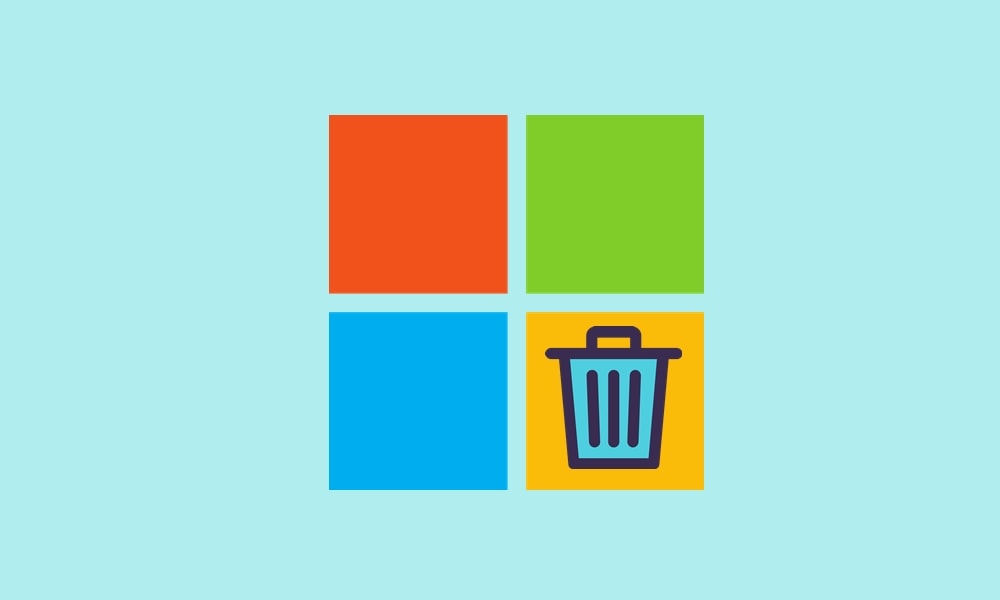When we delete something in Windows, it is not actually deleted from the computer. It is just moved over to the Recycle Bin. Now and then, the Windows user will clear the Recycle Bin to free up the storage occupied by these files. As a solution to this, Windows has introduced a new feature with the latest versions. Now, we can set a schedule for the Recycle Bin to delete a file that is moved to it. This makes it convenient for the end-user as there is no need to open up the recycle bin and empty it again and again.
Previous versions of Windows had a feature to limit the storage amount that the recycling bin can use. This ensured that the recycle bin did not store any unnecessary files that eat up the hard drive storage. The user could limit the amount of storage allotted for the recycle bin. However, the recycle bin still needed clearing up every once in a while. As a solution to that, we now have scheduled deletion of files from the recycle bin, and in this article, we will see how one can use it. So without any further ado, let’s get into it.

How to automatically empty the recycle bin in Windows 10?
Yes, this is an efficient way to keep the storage free of unwanted and unnecessary files. However, Windows comes with an option to delete a file completely without moving it to the recycle bin. Recycle bin in Windows helps in situations when the user ends up deleting something important. In such a scenario, the user can restore the file from the recycle bin. But if you do not need this security and want to delete a file completely without moving it to the recycle bin, you can enable the option to do so. In this article, we will see how one can enable that option too. But firstly, let’s see how one can set the schedule to automatically files from the recycle bin.
- Press Windows Key + X and choose “Settings” from the list of options that show up.
- Click on System.
- Click on the Storage tab in the left pane of the System settings window.
- In the right pane, you will see Storage Sense. Enable the toggle for it.
- Now click on “Configure Storage Sense or run it now.”
- Under the temporary files section, you will see the “Delete files in my recycle bin if they have been there for over” option.
- Click on the drop-down menu below it and select the number of days you want a file to stay in your recycle bin. You have the option of setting it between 1 day to 60 days. If you select 1 day, then any file moved to the recycle bin will be deleted from the recycle bin after 1 day.
This is a neat feature inclusion from Windows as it takes away the hassle of clearing or emptying the recycle every once in a while. The option to empty the recycle bin with just a click is still there, and people who prefer that over a schedule can still stick to it.
As mentioned above, there is an option in Windows that allows a file to get deleted entirely without moving it to the Recycle Bin. Let’s see how one can set that up.
- Right-click on the Recycle Bin on the desktop.
- Choose Properties.
- In the window that pops up, you will see all your drives in a list. Click on one of the drives and then choose the option “Don’t move files to the Recycle Bin. Remove files immediately when deleted” below it.
- Then click on Apply.
- Now repeat this process for all your drives that are displayed in this list.
- Finally, click on Ok.
You can delete any file from any location, and it will be permanently deleted from the system. You don’t even need to open up the Recycle Bin ever again. It will always stay empty.
This is how we can automatically empty the recycle bin in Windows 10. If you have any questions or queries about this article, then comment down below, and we will get back to you. Also, be sure to check out our other articles on iPhone tips and tricks, Android tips and tricks, PC tips and tricks, and much more for more useful information.
